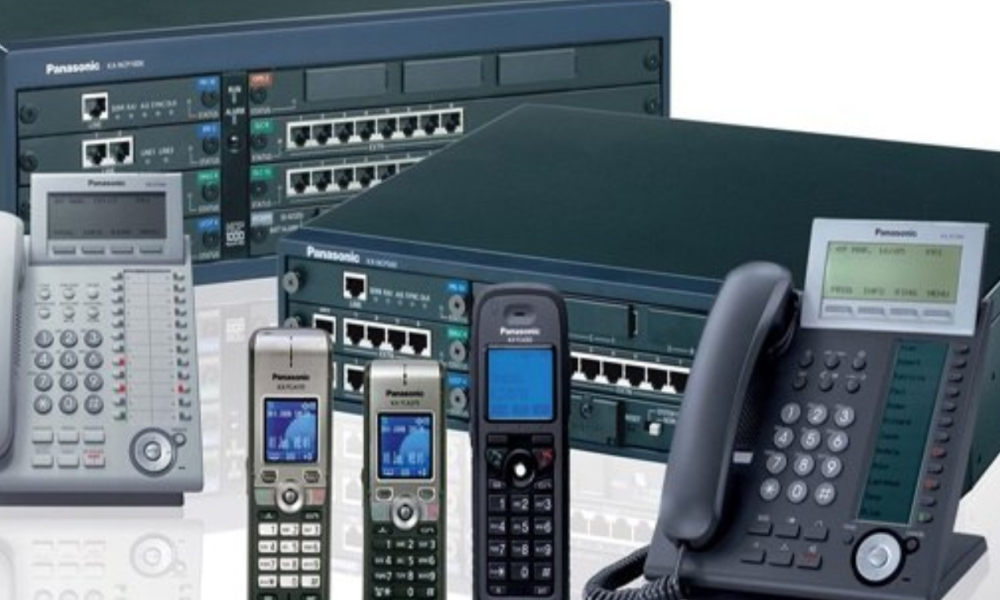EPABX IP Based
EPABX (Electronic Private Automatic Branch Exchange) tele communication systems, especially when IP-based, offer several advantages:
1. Cost-Effective:
- Lower Operational Costs: IP-based EPABX systems often use existing internet infrastructure for voice communication, eliminating the need for traditional telephone lines.
- Reduced Long-Distance Calling Costs: IP telephony (VoIP) can dramatically reduce international and long-distance calling expenses since it routes calls over the internet.
2. Scalability:
- Easy Expansion: Adding new lines or users is relatively simple and cost-effective with IP-based systems, as they require minimal additional hardware or infrastructure.
- Flexible Configuration: You can easily scale the system for various business sizes, making it suitable for both small and large organizations.
3. Improved Flexibility and Mobility:
- Remote Access: IP systems support remote workers by enabling calls over the internet, even outside the physical office premises.
- Multi-device Support: Employees can make and receive calls on multiple devices (desktop phones, smartphones, computers) using the same extension number, offering more flexibility.
4. Integration with IT Systems:
- Seamless Integration: An IP-based EPABX can easily integrate with other IT infrastructure, including email, messaging, and CRM tools, enhancing productivity.
- Advanced Features: Features like voicemail-to-email, auto attendants, call forwarding, and recording can be integrated easily.
5. Enhanced Features:
- Advanced Call Management: You get sophisticated call handling options such as call queues, hunt groups, call transfer, and IVR (Interactive Voice Response).
- Video Calling: Many IP systems offer video conferencing features, which aren't typically available with traditional phone systems.
6. Reliability and Maintenance:
- Easier Maintenance: IP telephony is more flexible and easier to manage from a centralized point, allowing for software-based updates and configurations without the need for manual, on-site repairs.
- Fault Tolerance: IP systems can often be configured for redundancy and failover, providing enhanced reliability in case of equipment failures.
7. Improved Communication Quality:
- Better Voice Quality: With advancements in VoIP technology and high-quality internet connections, IP-based systems can offer excellent voice clarity, sometimes surpassing traditional PSTN services.
8. Security:
- Data Encryption: IP systems can incorporate encryption and secure protocols (such as SRTP and TLS) for protecting call data and sensitive business communications.
In summary, an IP-based EPABX system provides greater flexibility, lower costs, better integration capabilities, and advanced features compared to traditional systems, making it a future-ready solution for modern businesses EPABX (Electronic Private Automatic Branch Exchange) systems have evolved with technology, with two main types: IP-based (Internet Protocol) and Analog. Each has its own advantages in different contexts:
IP-Based EPABX (Telecommunication)
1. Cost-Effective:
- It uses the existing IP infrastructure (like LAN or Internet), reducing the need for expensive cabling and setup for traditional telecommunication lines.
- Long-distance communication cost reduction as it can integrate with VoIP (Voice over IP).
2. Scalability:
- Easy to scale, adding new phones or users by connecting to the network without significant reconfiguration or new hardware.
3. Advanced Features:
- Includes functionalities like voicemail, conferencing, integration with CRM, call analytics, and remote management.
4. Remote Connectivity:
- Employees can use their IP phones or softphones from any internet connection, allowing remote work flexibility.
5. Maintenance:
- IP systems are easier to maintain and upgrade remotely without needing on-site interventions.
6. Integration with IT Systems:
- Can integrate with enterprise applications, leading to better data-driven decision-making and collaboration (e.g., unified communication systems).



